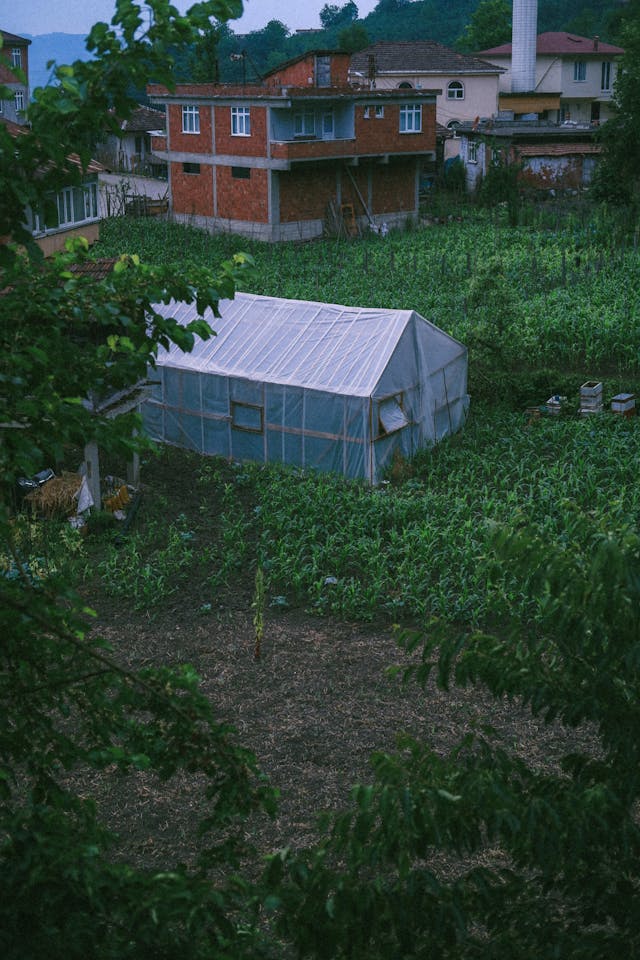It is important that an optimal growing environment is created for crops so that the yield can be maximised and the growing season can be extended. You also need to protect plants from adverse weather. There are many structures that can help you achieve these needs and polytunnels and greenhouses are two such examples that will be discussed in the article below.
Polytunnels are also called hoop houses or garden tunnels which are known for their cost-effective nature. They are constructed using hoops that are made from PVC tubes or metal and these are covered with polyethylene plastic film. As these have an arched shape, there is sufficient headroom for plants to grow vertically and the plastic film will contribute to the creation of a greenhouse effect as it will trap moisture and heat. Greenhouses are more permanent structures and they are built from materials like polycarbonate panels, glass, fibreglass etc. And they have frames made from wood, steel or aluminium which can provide structural stability and extend the length of the structure. Sunlight will come through the transparent glazing materials of a greenhouse and this allows the structure to retain heat. This way, a controlled environment can be created for the growth of plants.

The cost and installation
For these two structures can vary as you can actually create a polytunnel as a DIY project. There is minimal material needed and less labour which will contribute to its affordability. Therefore, this is a good option for those on a limited budget as you can create a polytunnel with basic tools and DIY skills. There are also pre-fabricated polytunnels that you can erect with instructions. There is a higher upfront cost involved when it comes to greenhouses as the materials and the construction can be expensive. You may need a professional to carry out the installation especially if you are building a larger or a more complicated greenhouse design. This will add to the cost more. But compared to the long term durability provided by greenhouses, this initial cost can be worth it as you can erect a structure with superior structural integrity that can stand as a permanent growing structure.

There are climate control features offered by both polytunnels and greenhouses.
These features allow the growers to control ventilation, humidity and temperature so that optimal plant growth can be ensured. Ventilation is achieved through end events or rolled up side walls in polytunnels. But in extreme weather conditions, temperature and humidity levels can fluctuate within the polytunnel. There are advanced climate control options when it comes to greenhouses and you can use automatic fans, vent systems, heaters and evaporative cooling so that environmental parameters can be precisely controlled. This is a great option if you are cultivating sensitive crops or you need to maintain consistent growing conditions throughout the year. As polytunnels have a curved roof profile, this allows you to maximise the vertical growing space and plants can grow tall without being obstructed. And there is a gable or sloped roof design in greenhouses so that more floor space and headroom are there to move equipment and work. There is more flexibility when it comes to layout in a greenhouse so that you can add hanging systems, shelves and benches to maximise the use of space.